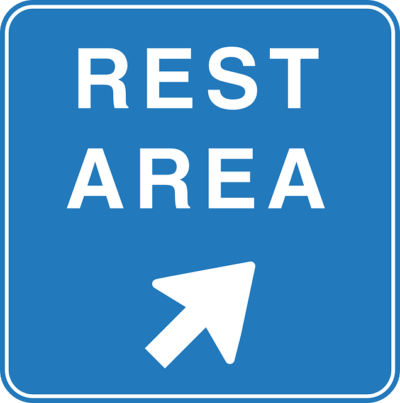
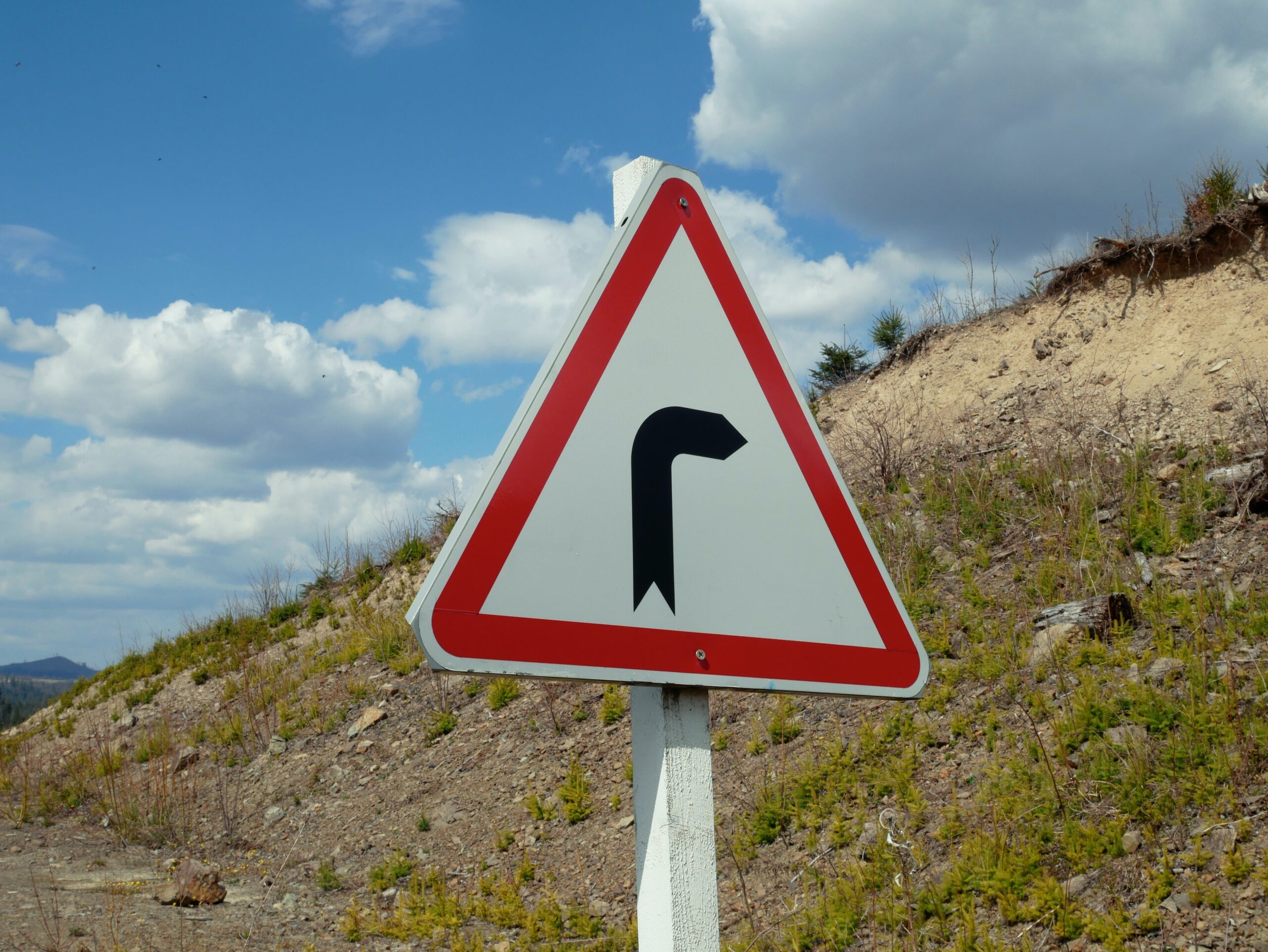
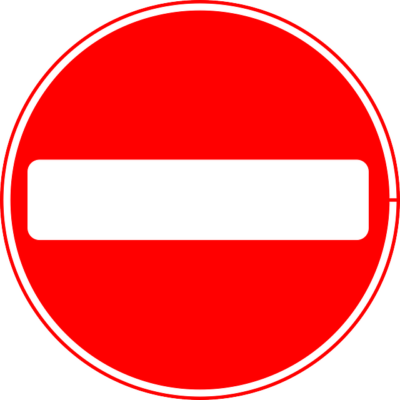
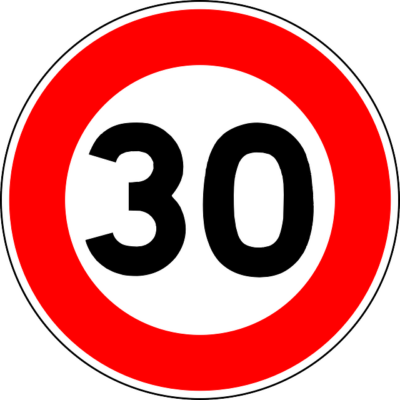
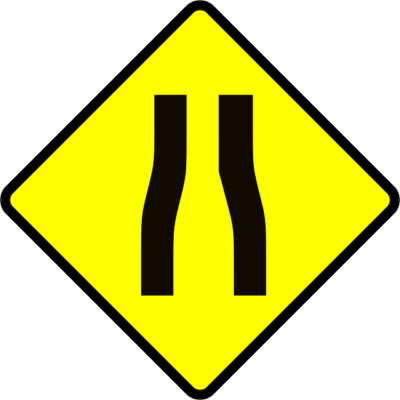
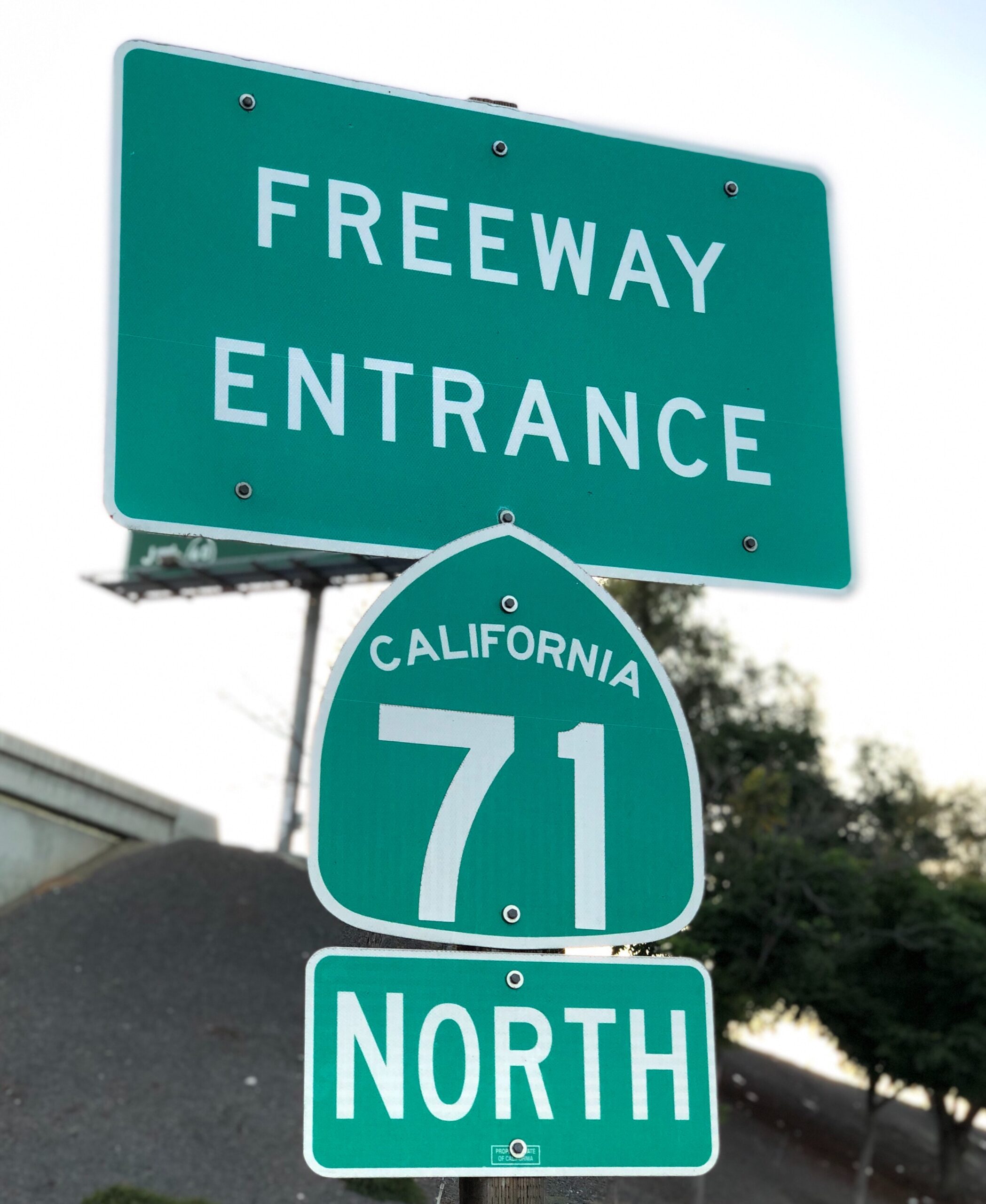
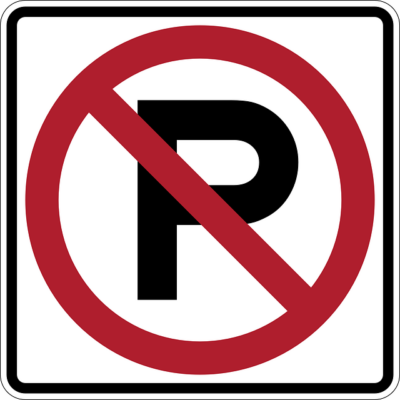
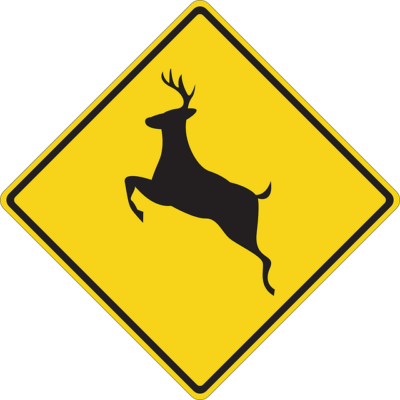
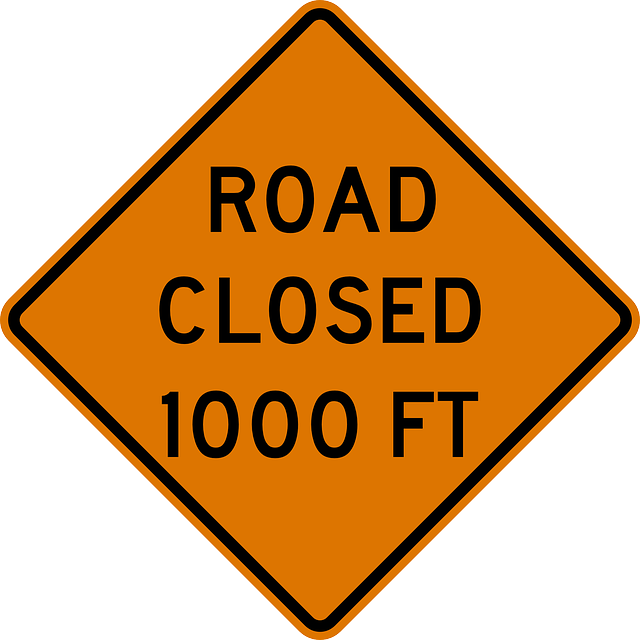
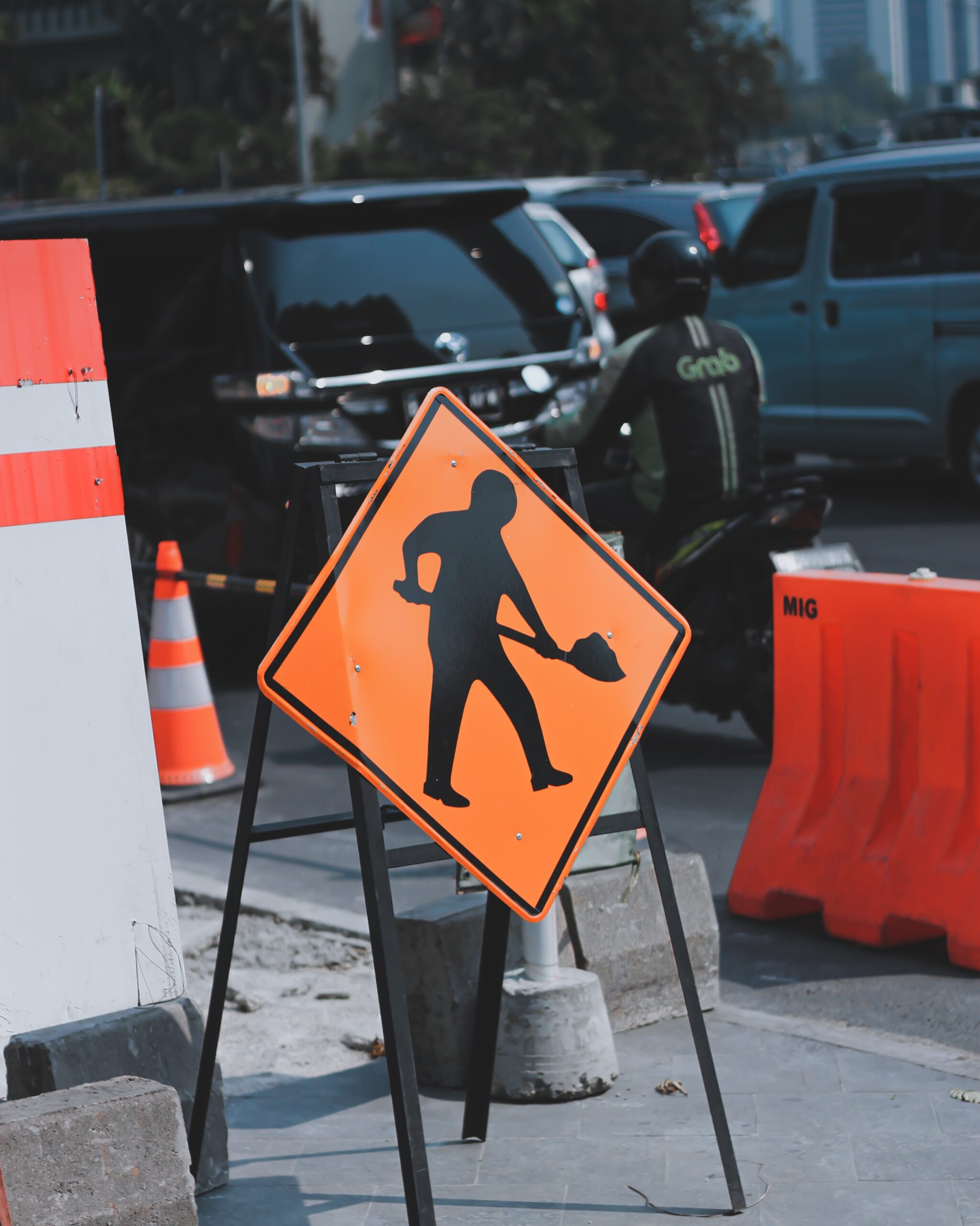
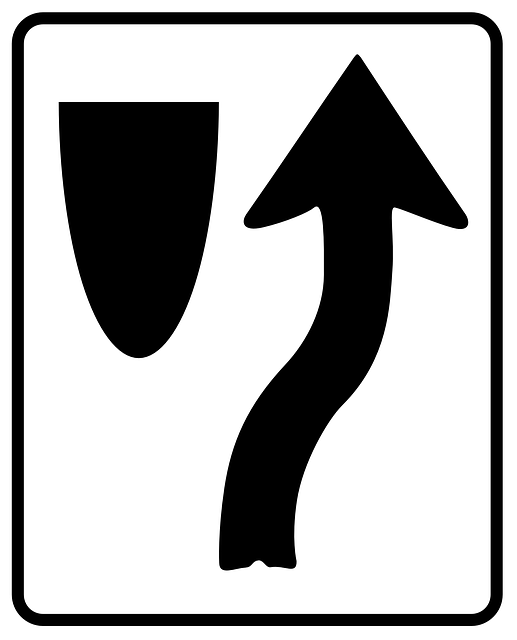
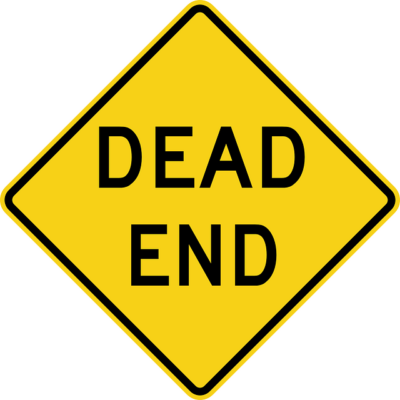

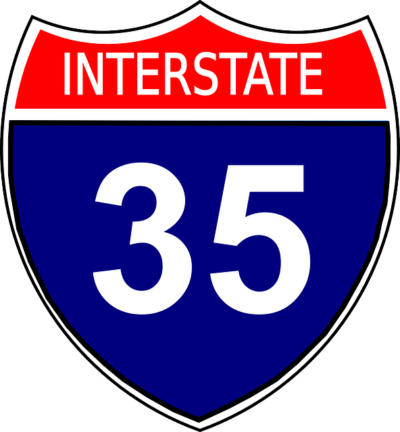
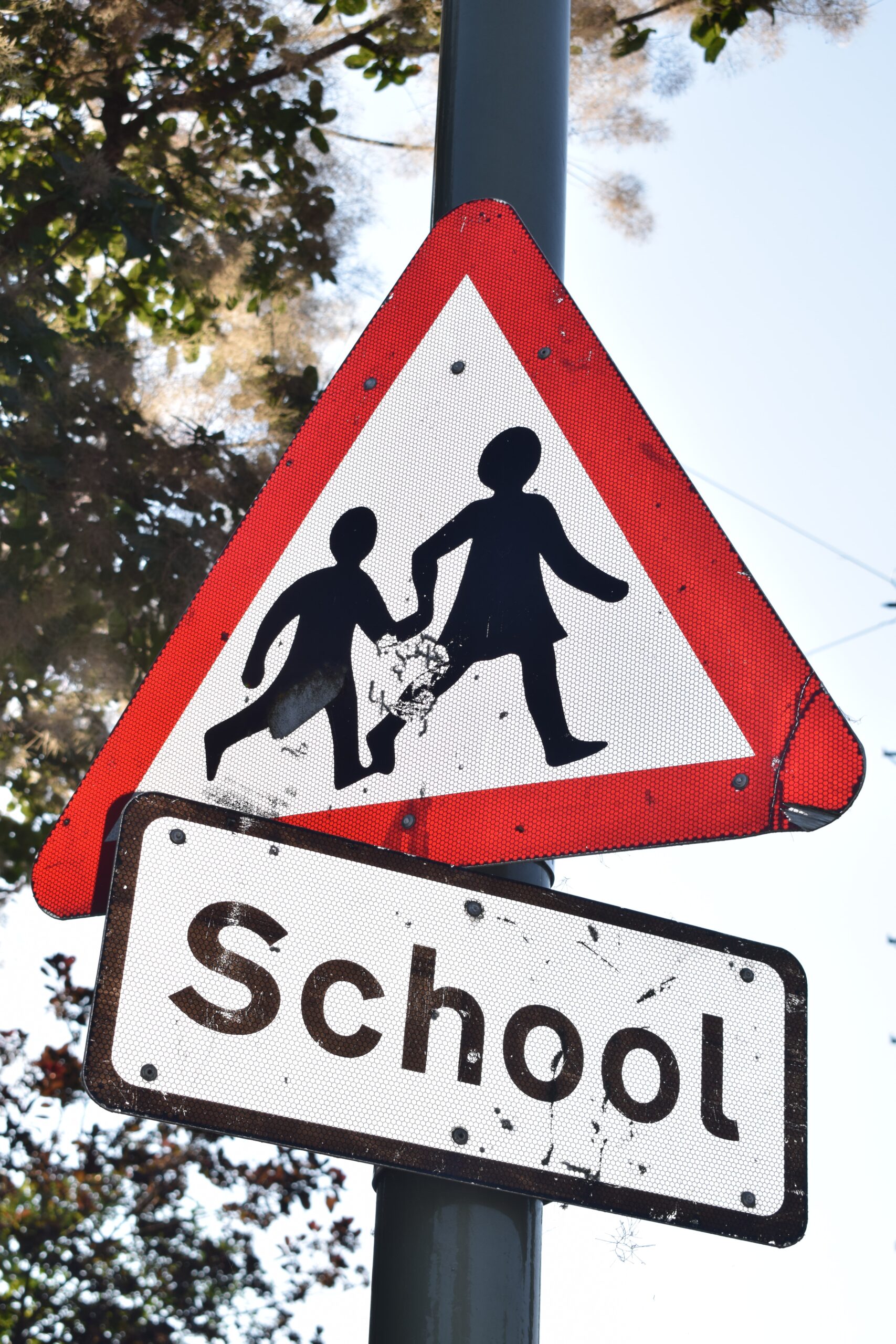
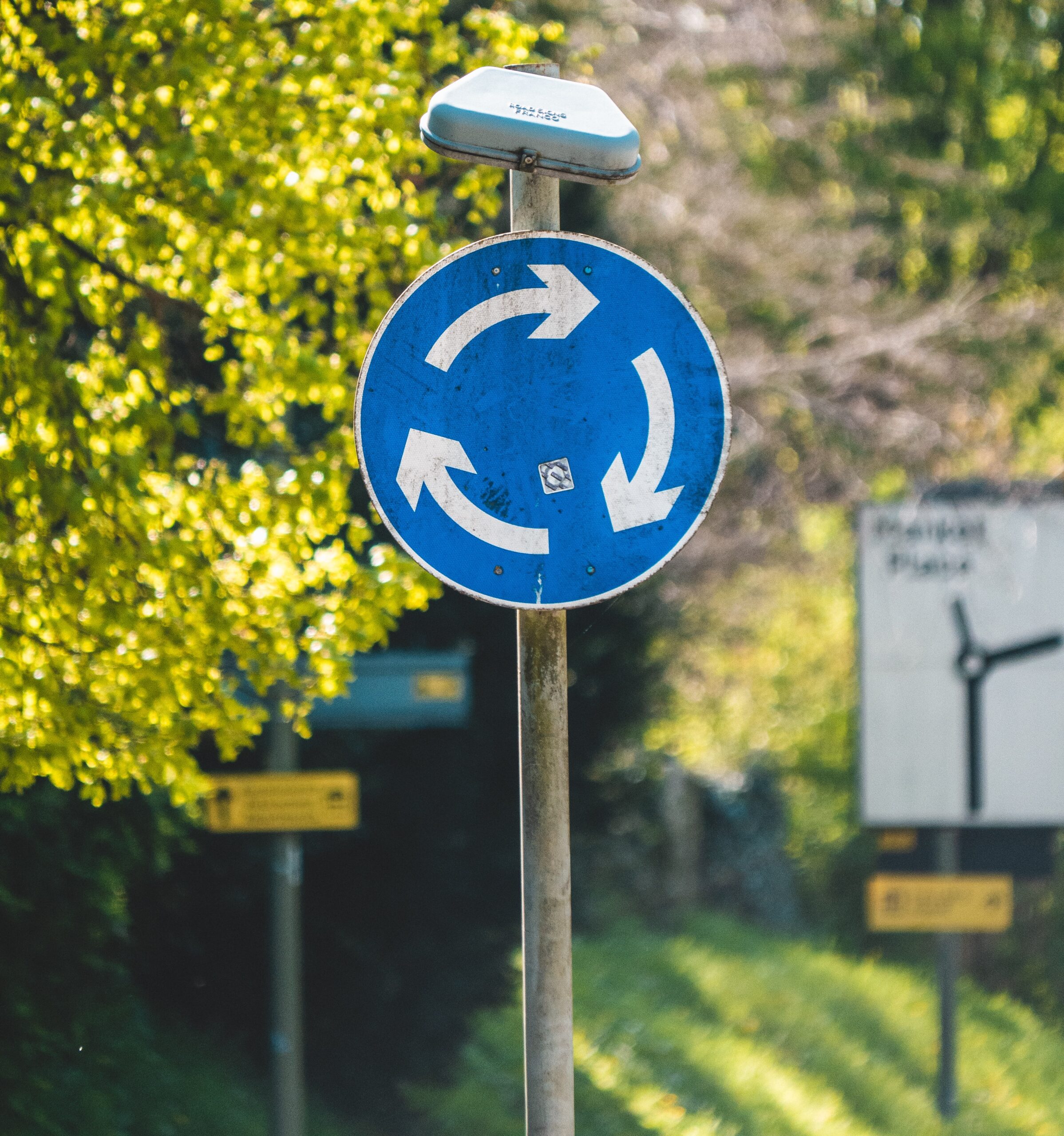
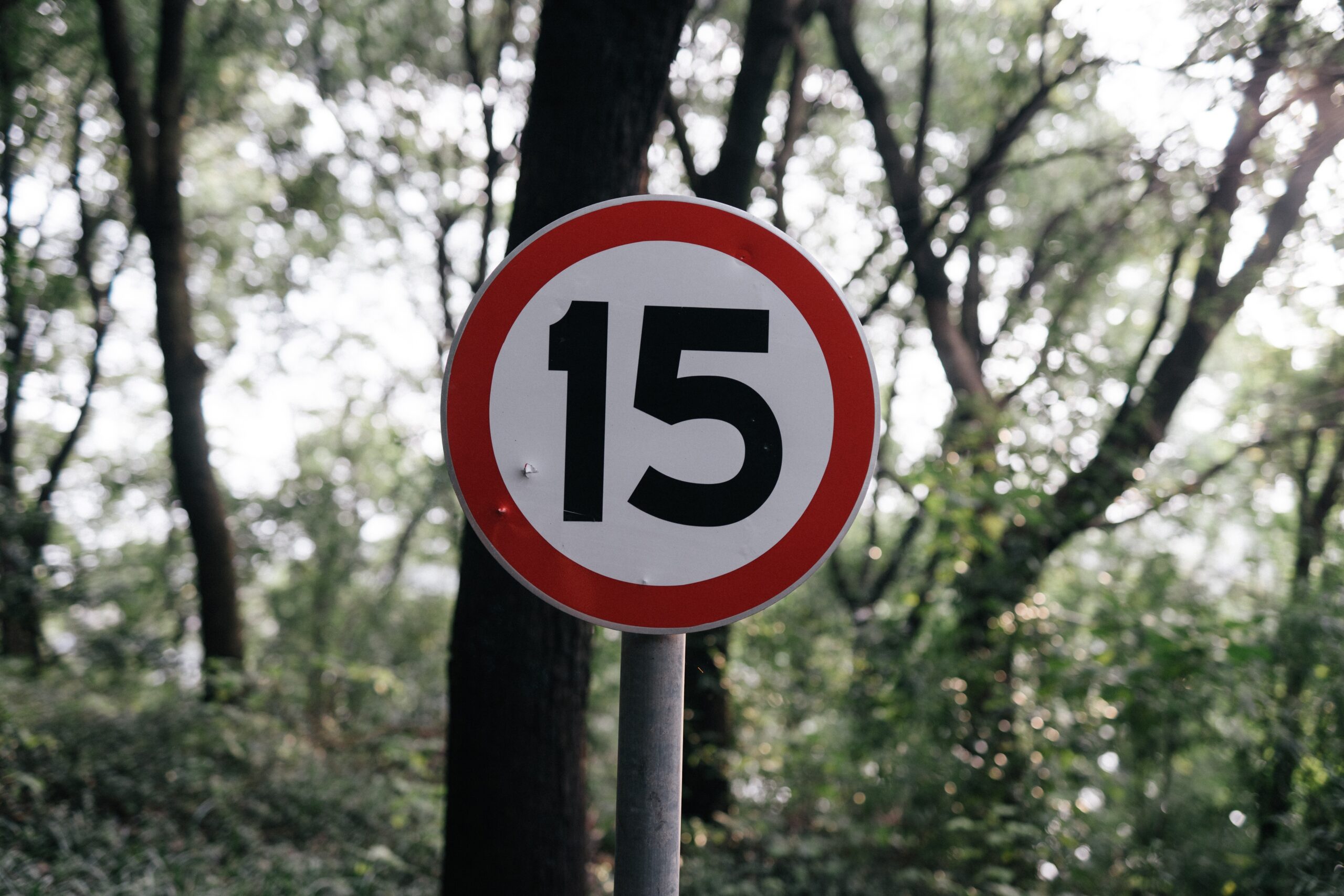
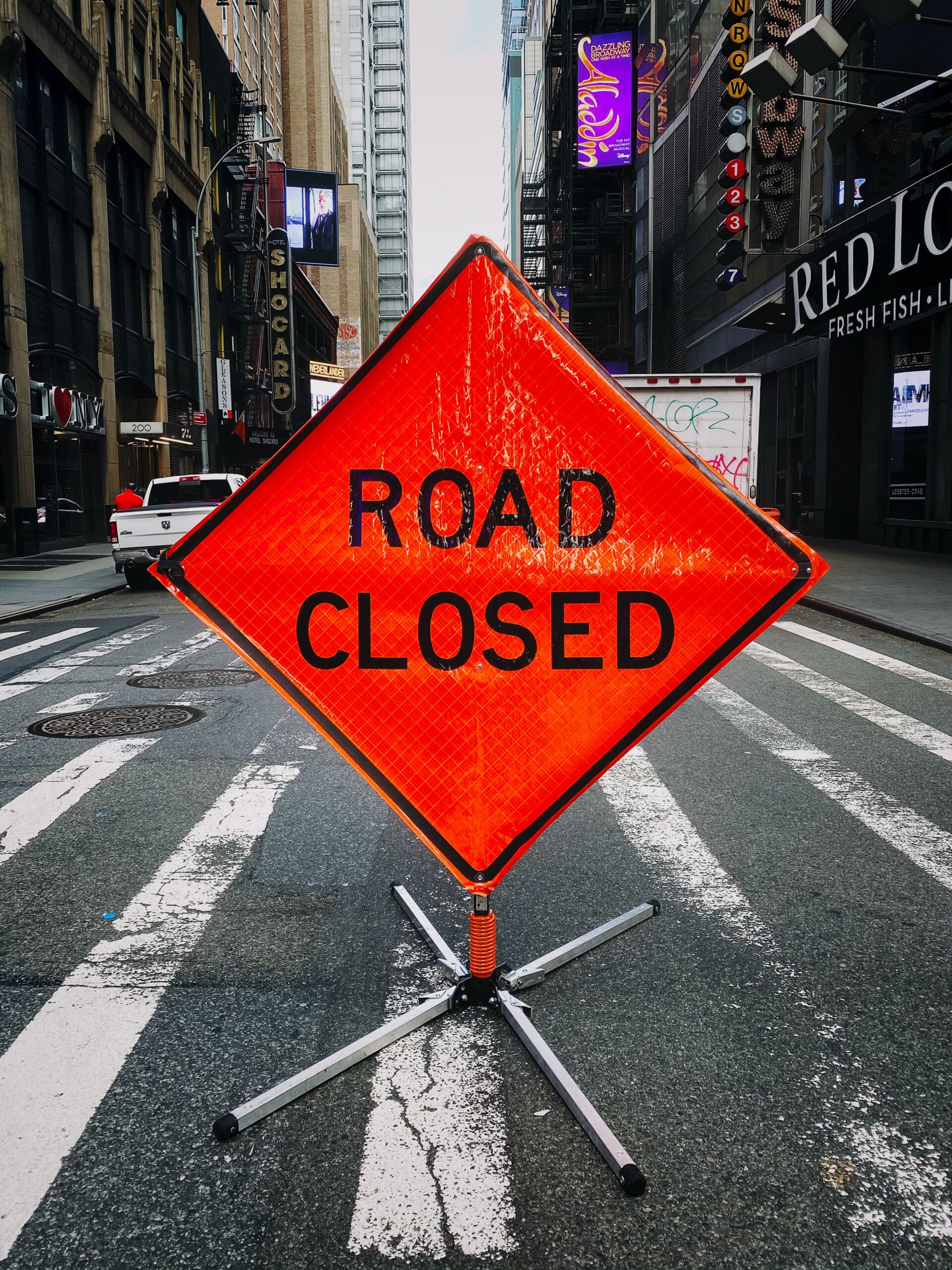
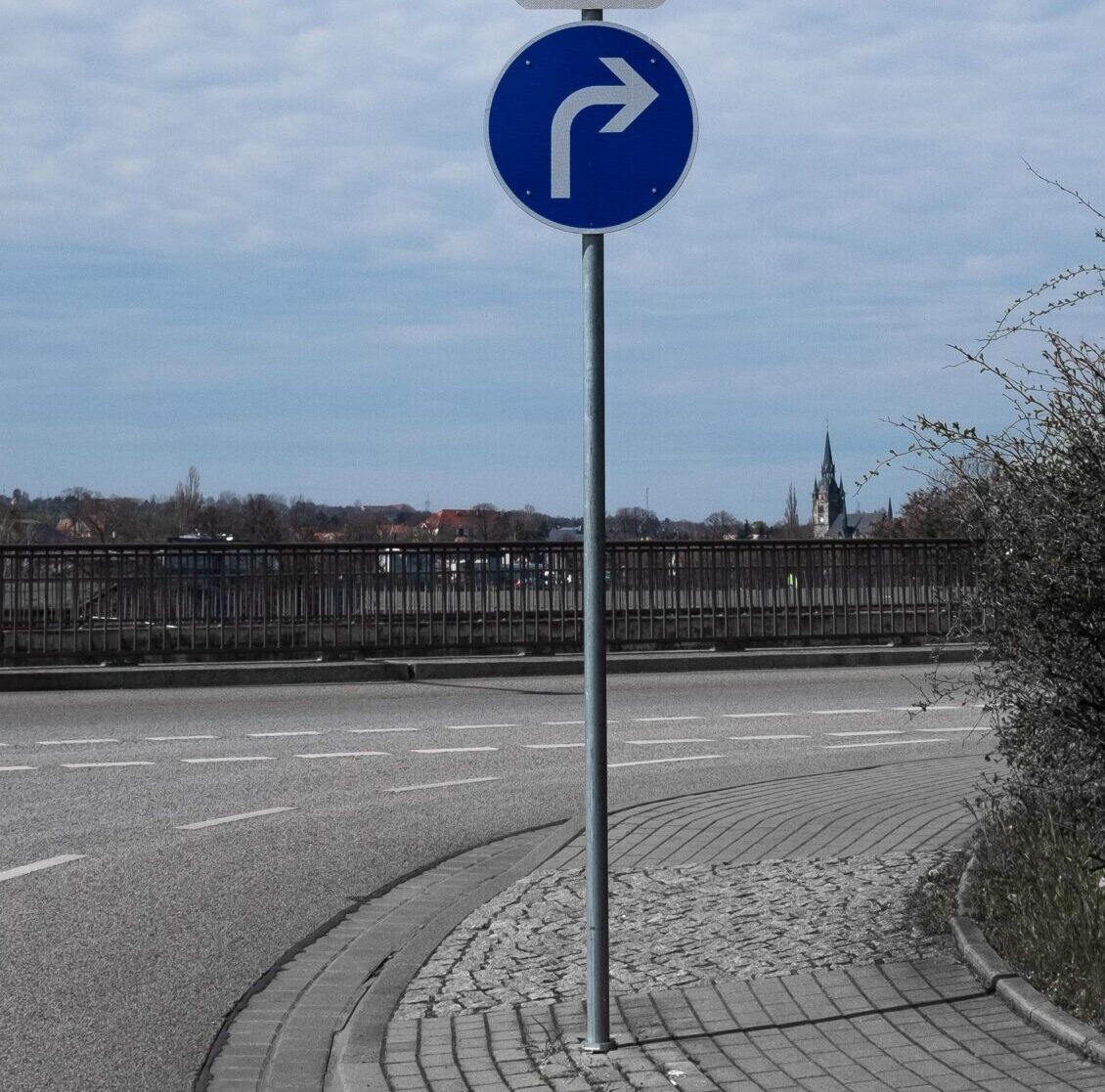
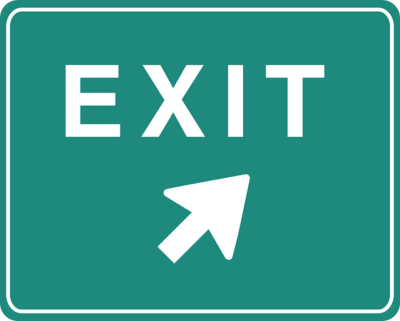


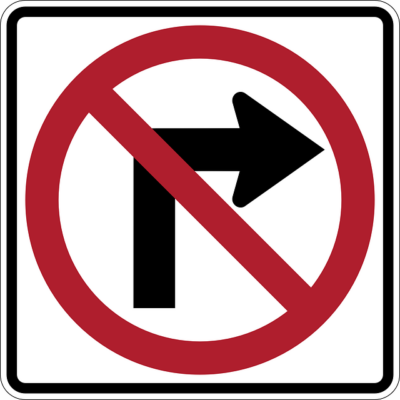
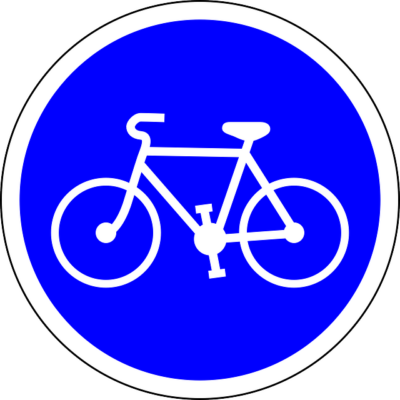
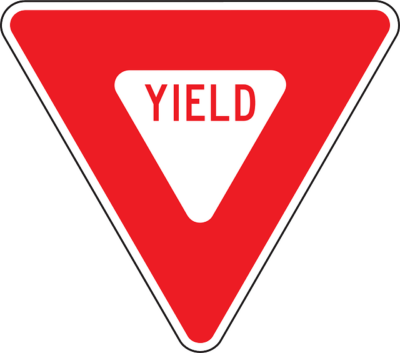
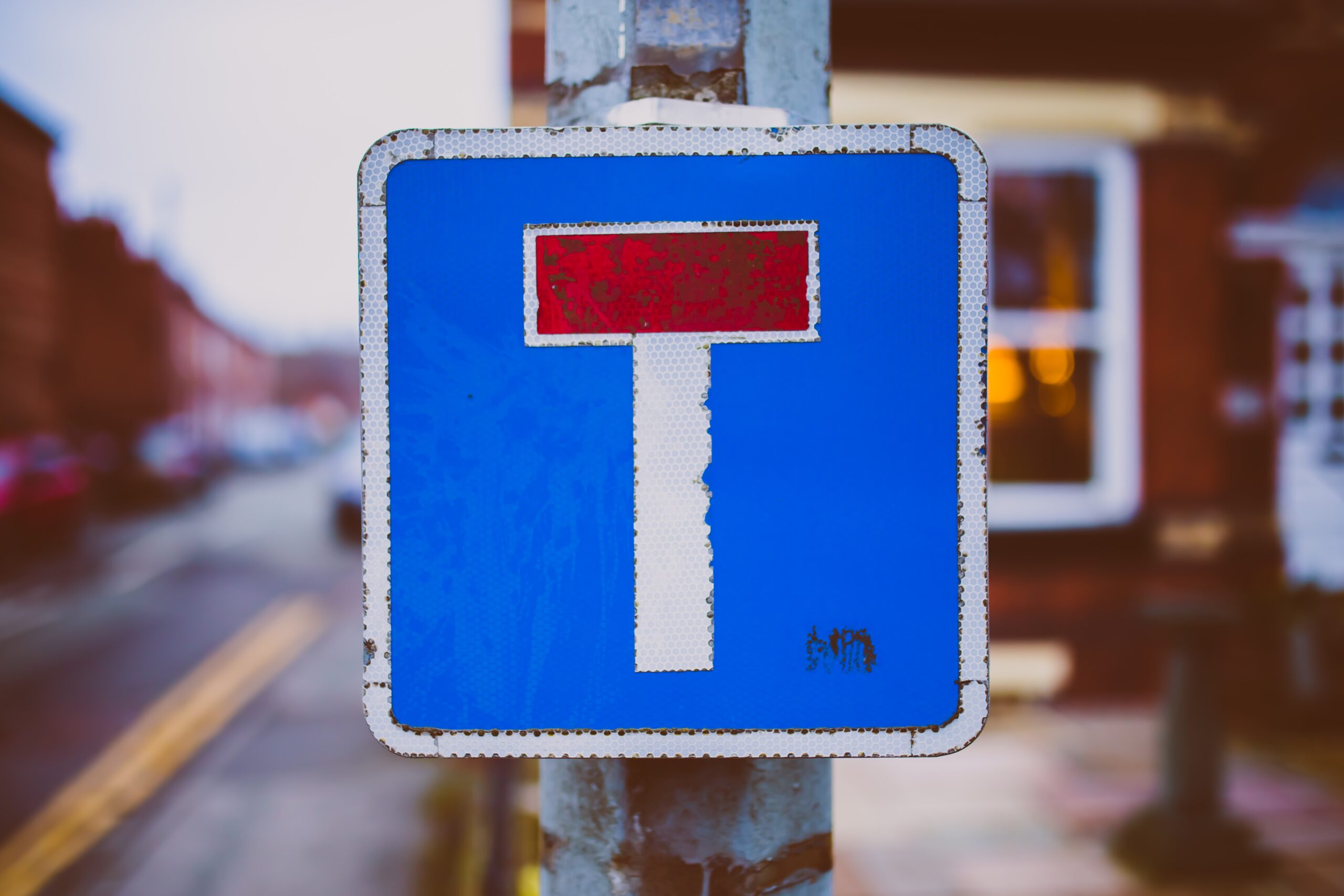

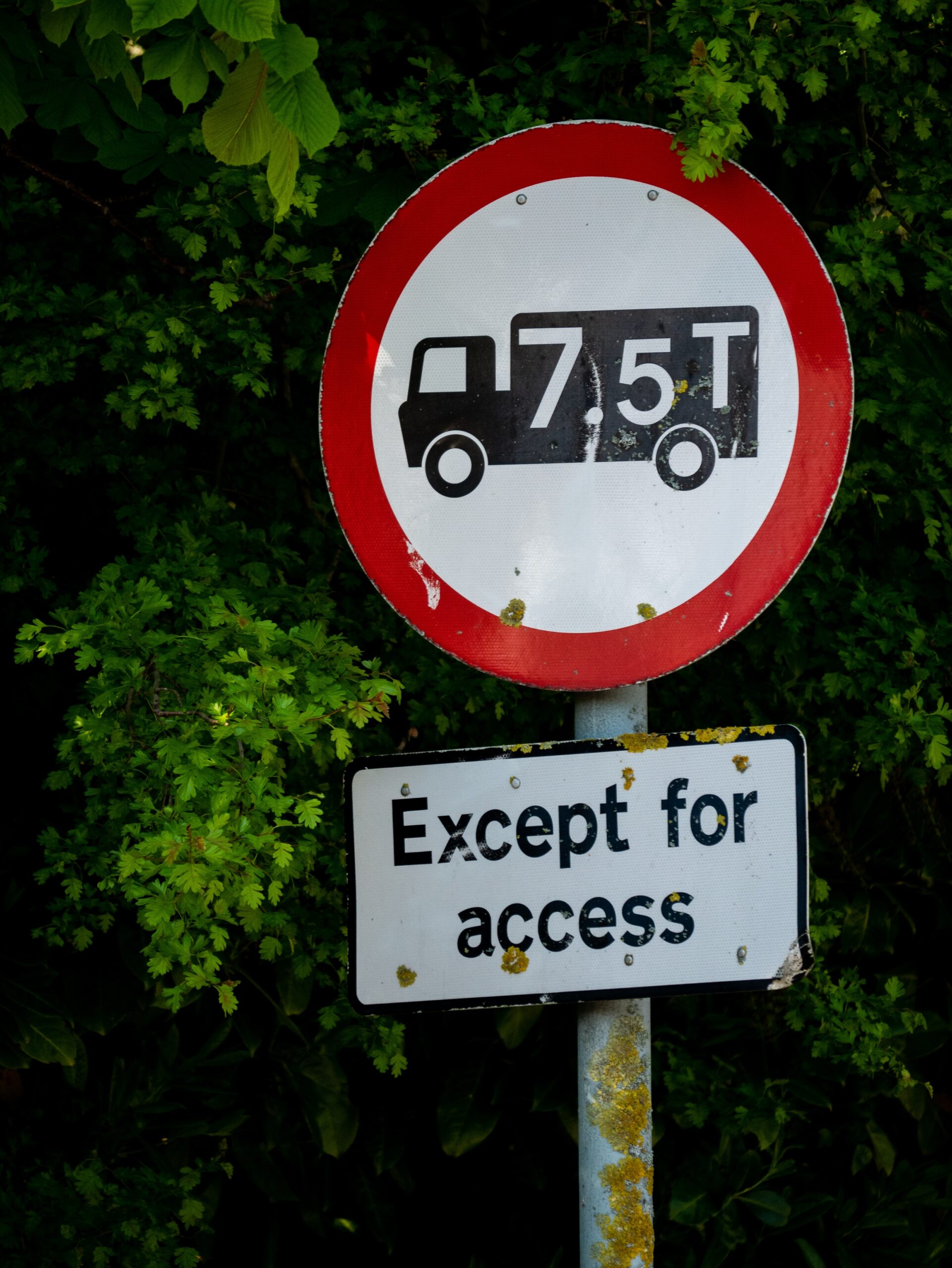
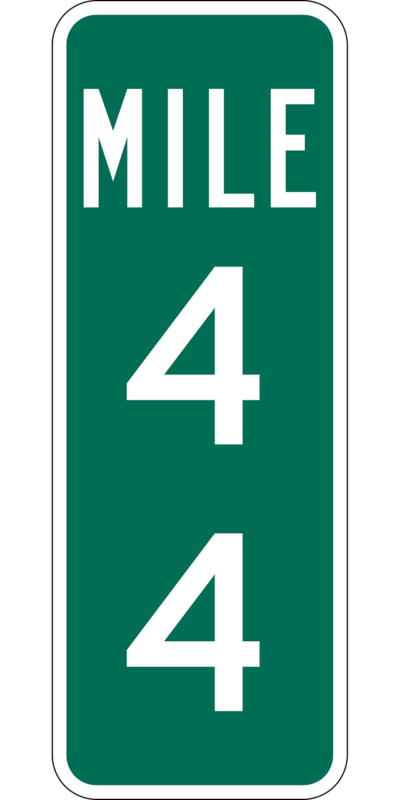
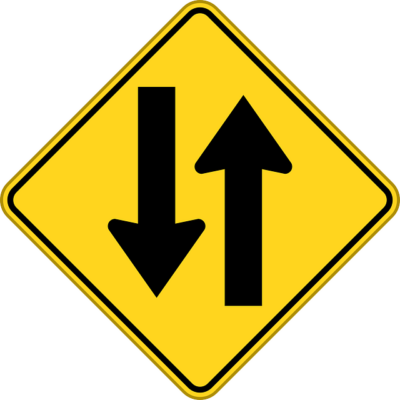
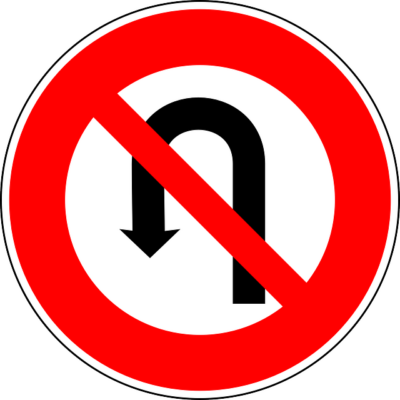
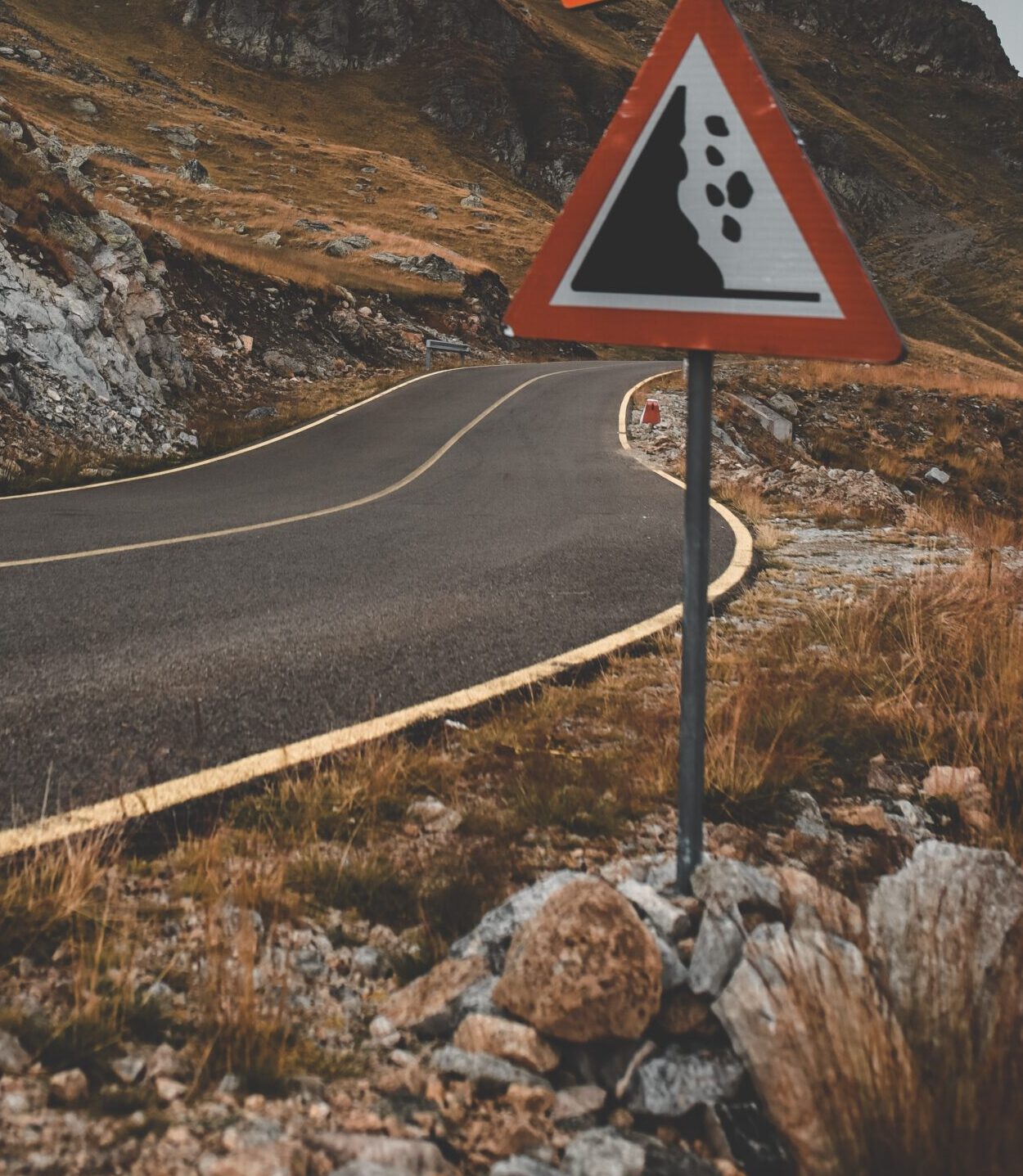
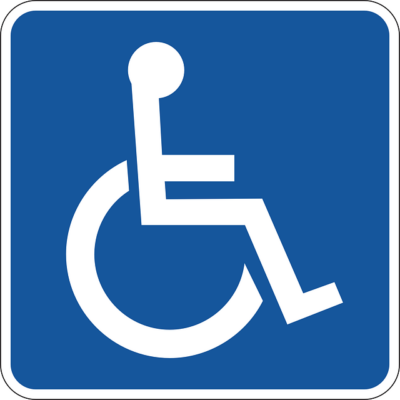
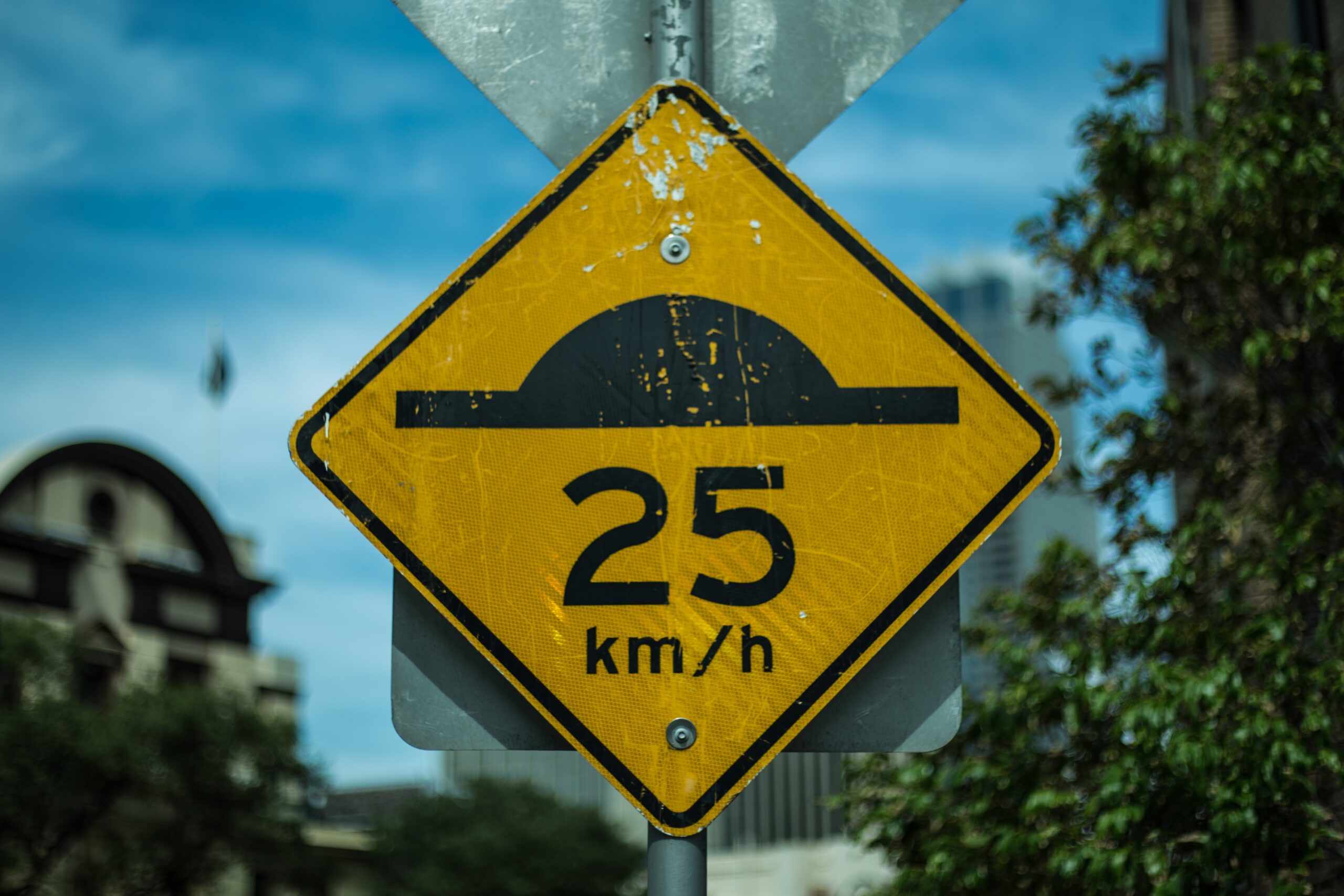
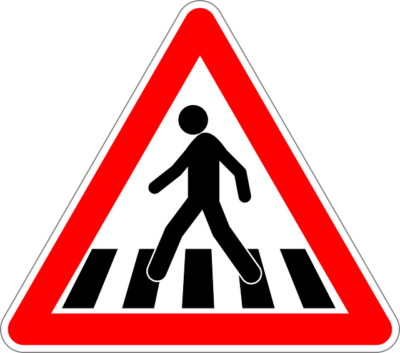
Are you getting ready for your permit test? Knowing the fundamentals of road signs is required if you want to pass your exam. With our free road signs test, you can get the necessary practice and prove your knowledge of the meanings of road signs.
Why is it so crucial to know road signs? Road signs warn drivers and other traffic participants of potential driving hazards and dangerous situations. Drivers are aware of various obstacles like icy roads, animal crossings, or speed bumps and know that disregarding them can cause injury to themselves or others.
Can you be allowed on the road? See if you can get your license.
There are various types of road signs. Some of them will warn you of impending danger. Others direct you to your destination or control the flow of traffic. Let’s learn about the different categories of road signs.
Regulatory signs inform people about the laws of the road. They almost always have white backgrounds, except for stop and yield signs that have red backgrounds.
It’s time for your permit practice!
Warning signs alert road users of things like merging traffic, railroad crossings, traffic signals, and various potentially dangerous situations that might require special attention. These signs are typically in a diamond shape, yellow or orange in color, and have black lettering. This category includes traffic warning signs, object markers, and crossing signs.
Guide signs direct people to particular destinations such as cities, airports, and highways. They tell you how far away you are from your destination, what highway you are on, or what exit is coming up. Mile markers, exit signs, and route markers are all guide signs.
Prohibitive signs are used to prevent certain activities from happening. They have red borders and a white or blue background, sometimes with a diagonal red slash to indicate something is not allowed. They include signs like “No entry,” “Vehicles prohibited,” “No smoking,” “Do not use lift” and others.
Distances from major cities or destinations are indicated by informational signs, as are directions on where to go, instructions on how to use something, or the purpose of an area or object. Informational signs are generally green or blue with white letters.
Construction signs tell you to prepare for something like a construction site, road work ahead, temporary speed limit (related to constructions in-progress), or detour from the usual route. They are usually orange and diamond-shaped.
If you want to be a commercial driver, don’t skip this CDL practice!
These signs let you know you are in a school zone and must be mindful of the presence of children. Driving slowly and paying careful attention are essential in these areas. For example, a school speed limit sign indicates you are not to exceed this speed limit while in the school zone. These signs are usually bright green or orange and pentagon-shaped. Nowadays, they are often fluorescent.
Some signs don’t belong to any of these categories. Wheelchair-accessible areas, restaurants, lodging, rest areas, and gas stations are all indicated by service signs. Recreation signs point you to picnic areas, hiking trails, or bathrooms. Incident management signs will warn you of an upcoming accident, emergency scene, closed lane, or exit.
Red color refers to the events where you must stop, yield, or turn around. It is a distinctive and bold color that immediately conveys the message: “Stop,” “Do not enter,” or “Wrong way.”
The color yellow on road signs denotes a general warning. It warns of potential hazards or changes in road conditions. The fluorescent yellow-green color is a relatively new invention, and it is associated with pedestrians, school zones, and bicycling activity.
The color green you can see on signs relating to giving directions or guiding traffic participants to specific areas. Blue signs display information for people traveling, like information about rest stops, campgrounds, and other services used by motorists.
Orange road signs are typically associated with construction, infrastructure work, and road upkeep. When you see signage like that, keep an eye out for workers on or near the road.
Brown signs mark or give directions to historical landmarks, national parks, picnic areas, touring and camping sites, theme parks, and other similar places.
Do colors of road signs confuse you? Check if you could be colorblind.
With our road signs test, you can practice for your real exam. To successfully complete the test, you must get at least 80% of the correct responses – 16 points. Can you do it? Find out how good of a driver you are with this road signs test!
Check out the rest of our quizzes!